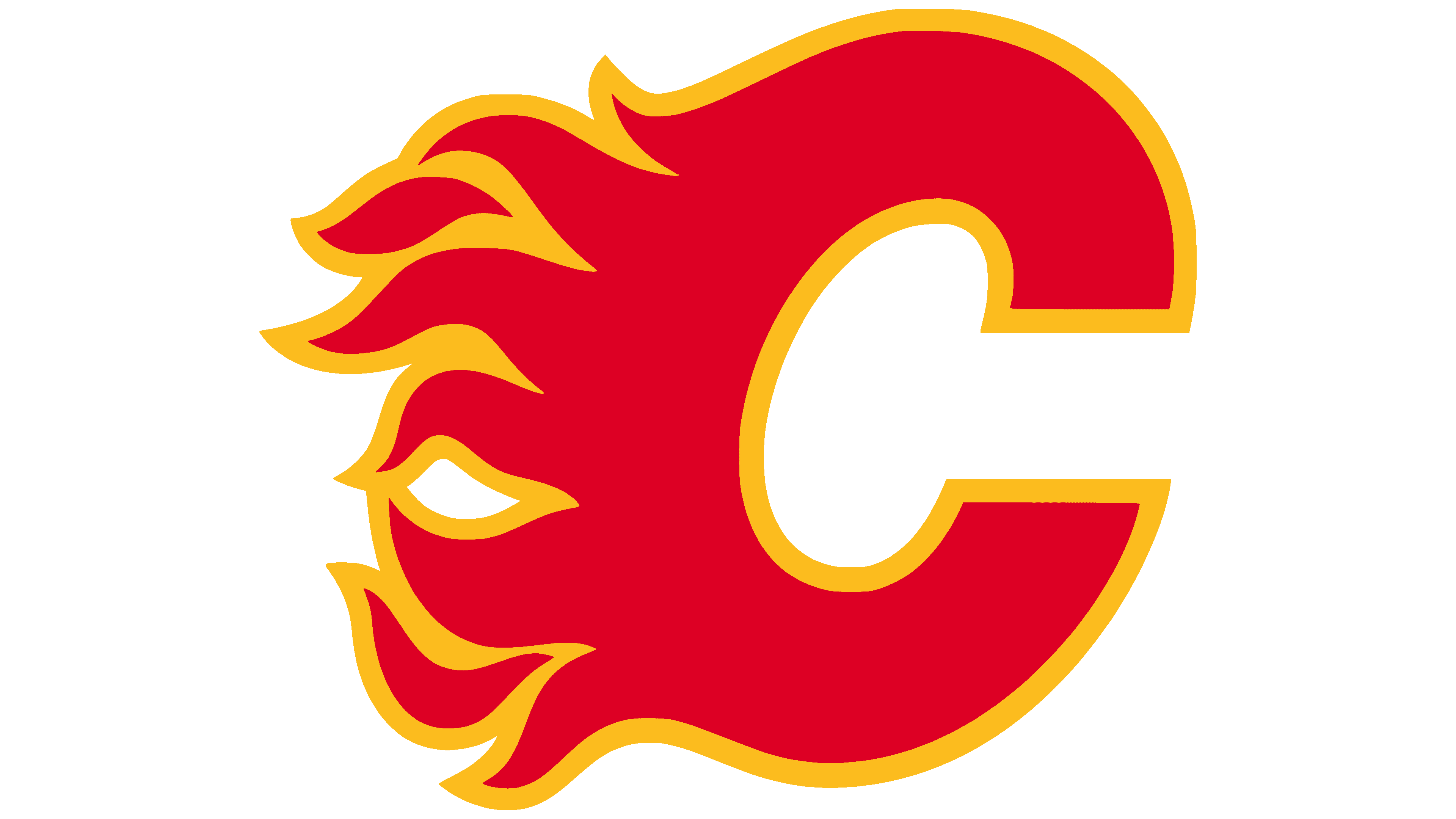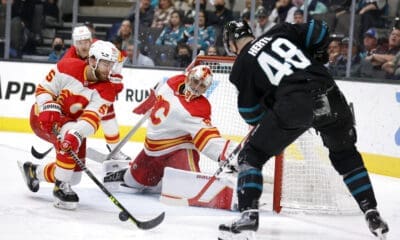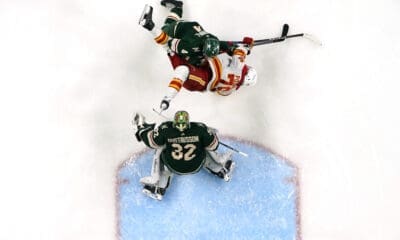Calgary Flames
Chris Higgins – a closer look

Sometimes it’s worthwhile to let a bit of time pass before beginning to assess a season like the one we just witnessed from the Flames. The last few weeks left most of us fairly sour towards the team, players, coaches and management all included, so I wanted to let things settle before beginning my post-mortems.
With that spirit of equanimity in mind, it seems like a good occasion to have a closer look at what went on from the time Christopher Higgins joined the team until his ankle injury in Vancouver, because that brief episode always had the feeling, at least for me, of possibility.
The sense I had during Higgins' short period of labour was that he was a useful player that was a touch snakebit. When I reviewed a few numbers over at timeonice.com, I realized I might be, if anything, undervaluing the man a tad. I'll be the first to acknowledge the small sample size, but it never hurts to look at a few numbers, does it?
First, here are Higgins' EV numbers while in Calgary:
Shots +87 / -47, +40
Misses +33 / -30, +3
Blocks +32 / -33, -1
Total Corsi Events +152 / -110, +42
Corsi % .580
On-ice SV% .894, on-ice SH % 4.6, PDO 94
Those sorts of possession numbers are superb, really. Keeping in mind that PDO numbers will average out at 100, there's no way to look at what he did and describe it as anything but a) excellent and b) utterly bereft of good fortune. Higgins' personal SH% was 4.2 at EV, and he had more chances where he broke his stick with only an open net facing him (at least two that I can recall) than goals (1). Snakebit, indeed. That sort of thing evens out over time, though, and the out-shooting stuff is pretty stellar.
Now, it’s hard to find past evidence that suggests Higgins was always this sort of possession killer. In both Montreal and New York he was certainly a player that could battle good competition to a draw, but he didn’t out-shoot to the level that he showed during his audition with Calgary. So, it must have been playing with Langkow, right? Most of us think that number 22 is a pretty handy guy, Instant Chemistry™ and all that jazz. So…
Daymond Langkow's full-season on-ice events at EV read like this:
Shots +436/ -397, +39
Misses +207/ -176, +31
Blocks +248/ -199, + 49
Total Corsi Events +891/ – 772 , + 119
Corsi % .536
On-ice SV% .914 On-ice SH% 7.10, PDO 98.5
Those are about what one might expect for a good player, with a bit of poor fortune on the shooting side, maybe. How did he do with Chris Higgins riding shot-gun for 12 games, or about 1/7th of the season? Here are the numbers the two of them amassed when paired:
Shots +79/ – 40, +39
Misses +23/ – 25, -2
Blocks +28/ – 27, +1
Total Corsi Events +130/ – 92, + 38
Corsi % .586
SV % .925, SH% 3.8, PDO 96.3
Daymond Langkow's entire season's Shots on Goal differential was accumulated while with Higgins. A third of his Corsi +/- was gained during those 12 games. That's worthy of notice, especially when you consider that the two of them weren't exactly facing the Boogaards of the world.
Since I'm always mindful of score effects, here are their combined numbers when the game was tied:
Shots +31/ -17
Misses +9/ -6
Blocks +17/ -15
Total Corsi Events +57/ -38
Corsi % .596
SV% .944, SH% 3.2, PDO 97.6
They weren't being gifted with easy starting positions, either. During that period, Higgins was on ice for 48 D zone faceoffs versus 47 O zone, so his ZoneStart was 49.5%. Langkow went 51 D / 48 O for 48.4%. The rest of the team reaped the rewards of that, with Iginla and Stajan starting in the offensive zone just over 56% of the time, and the remainder of the team was over 60%. In summation, Higgins and Langkow played good comp, started in neutral or slightly negative ice, and moved the rock forward a ton, leaving their teammates in some fairly juicy starting positions. The team's underlying numbers during that period certainly benefited:
Shots +293/ -242, +51
Misses +124/ -99, +25
Blocks +134/ -117, +17
Total Corsi Events +551/ -458, + 93
Corsi % . 546
SV % .934, SH %, 6.8, PDO 100.2
Again, the SOG differential caught my eye. As noted above, Higgins/Langkow were +39 during this period, while the rest of the team, with significantly better starting position as a collective, were +12. Iginla, despite having a favourable set of starting points, was actually underwater (+90/ -95) in terms of SOG, and Stajan was barely above (+90/ -88). Yikes.
I’ll readily acknowledge that it would seem unlikely that Higgins and Langkow could sustain those sorts of out-shooting figures for a whole season, but I can’t imagine that they’d continue that terrible SH % either, and their collective PDO would suggest they were somewhat unfortunate if anything. Given that Langkow’s full season numbers got a fairly good boost during this period, I don’t have a problem suggesting that Christopher Higgins was a major contributor to that line’s good work. To put it another way, I don’t exactly think it was Ales Kotalik carrying the the two of them around like a mule. My general sense is that the two of them, with a decent RW, could play good comp to at least a standstill, and likely win that sort of battle outright over a full season, with QComp and ZoneStart benefits trickling down to the other players on the team. That sort of advantage can help turn an OK team into a very good one. Whether the Flames have the interest or the financial wherewithal to resign Chris Higgins is another matter entirely, but if they did manage to retain his services at a reasonable price, my suspicion is they’d be rewarded with a useful player.
by Robert Cleave









